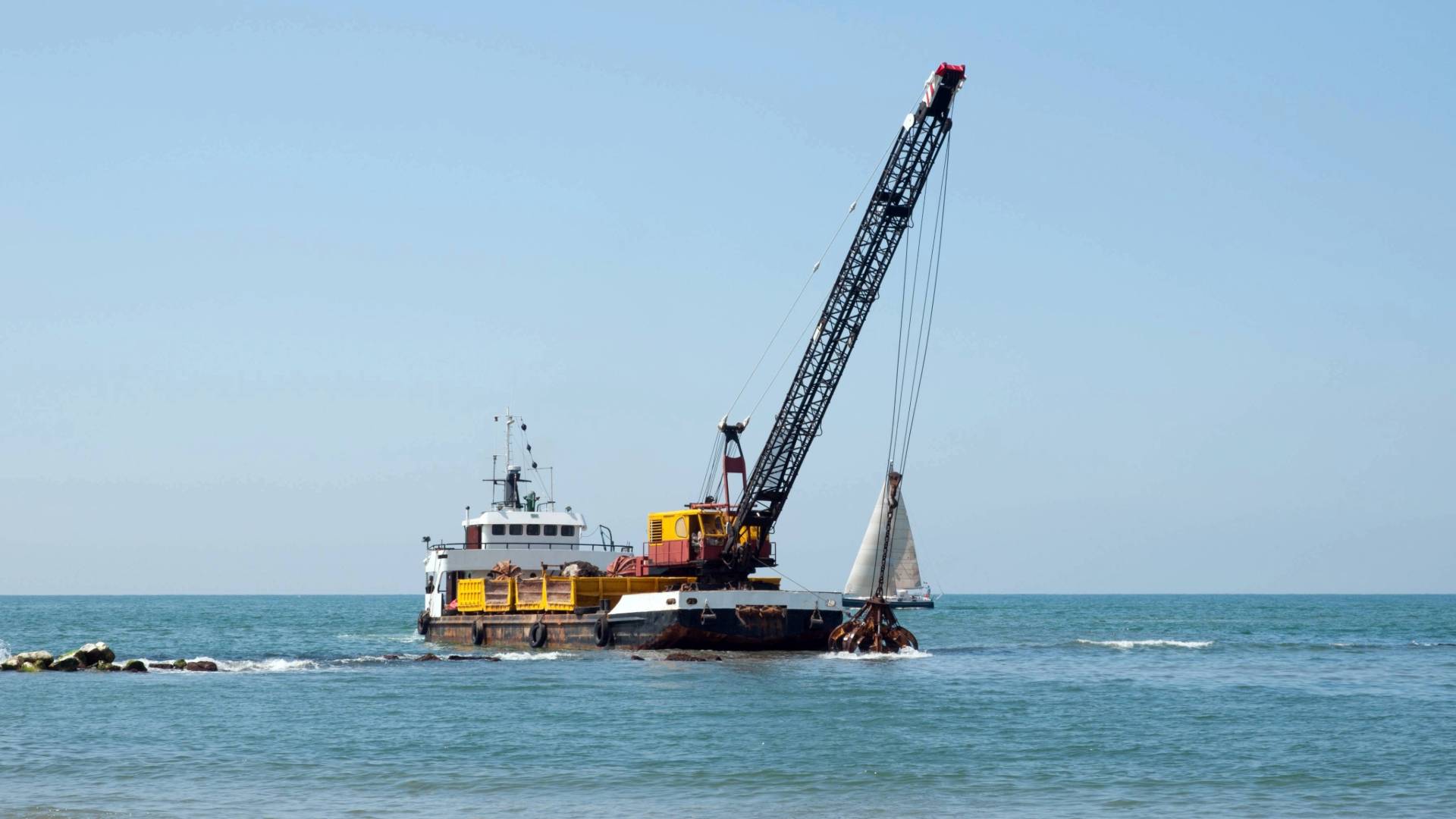Introduction
Dredging operations in Whitby Harbour are set to resume after North Yorkshire Council successfully secured a new licence from the Marine Management Organisation (MMO). The move marks a critical step in maintaining the harbour’s operational efficiency and navigability by addressing the persistent accumulation of silt and sediment on the harbour bed.
The council announced that its dredging vessel, Sandsend, is now cleared to begin operations in Whitby, following a rigorous application and approval process. This comes after similar permissions were granted last December to allow the same vessel to carry out dredging in Scarborough Harbour.
Why Harbour Dredging is Essential
Harbour dredging is an essential process for the long-term maintenance of ports and harbours. It involves removing sediment such as silt, sand, and other debris that gradually accumulate at the bottom of waterways due to tidal action, river inflows, and coastal erosion. Over time, this buildup can severely reduce water depth, causing navigation hazards for vessels and restricting the harbour’s usability.
In Whitby, the sediment is carried downstream and deposited through natural flow into the harbour basin. If left unmanaged, these deposits can block shipping channels, making it difficult for fishing boats, recreational vessels, and commercial traffic to safely access or leave the port.
Carl Les, Leader of North Yorkshire Council, emphasized the importance of the licence and the broader maintenance strategy:
“While we have been waiting for the licence in Whitby, harbour staff have been working hard to monitor the dredging depths and the state of the harbour. We recently had significant work done on the vessel to ensure it is fit for purpose.”
Resumption of Dredging: What It Means for Whitby
The resumption of dredging is expected to bring immediate benefits to Whitby’s harbour operations. Over recent months, limited navigability had raised concerns among harbour users, including the fishing industry and local boat operators, many of whom rely on the harbour’s accessibility for their livelihoods.
The vessel Sandsend, which has been a core part of the council’s harbour maintenance operations, is now fully operational and prepared for the task ahead. According to council officials, Sandsend underwent essential maintenance and equipment upgrades to ensure it can effectively carry out its duties in Whitby, just as it has in Scarborough.
With the licence now granted, Sandsend will begin removing several tonnes of sediment that have accumulated in key sections of the harbour. The dredged material will be handled in accordance with environmental regulations to minimize disruption to local marine ecosystems.
The Role of the Marine Management Organisation
The MMO plays a vital regulatory role in overseeing activities such as harbour dredging, ensuring they are conducted responsibly and sustainably. The approval process for Whitby’s dredging licence involved environmental assessments, technical reviews, and public consultations to confirm that the operation complies with national marine conservation guidelines.
North Yorkshire Council acknowledged the MMO’s rigorous approach, noting that the successful licence approval is a testament to the careful planning and compliance efforts undertaken by the council’s harbour and engineering teams.
Maintaining Economic Activity and Safety
Regular dredging is not only vital for operational safety but also for preserving the economic vitality of towns like Whitby, which depend heavily on their harbours. Commercial fishing, tourism, and marine-related industries all contribute to the local economy, and their success hinges on reliable harbour access.
In recent months, sediment buildup had limited some vessel movements, especially during low tides. Without sufficient water depth, boats risk running aground or facing clearance issues—both dangerous and costly scenarios.
The resumption of dredging will ease these concerns and allow Whitby Harbour to safely accommodate vessels of varying sizes. This is particularly important during peak seasons when visitor numbers rise and harbour activity intensifies.
Long-Term Strategy for Harbour Maintenance
While the current dredging efforts are critical, North Yorkshire Council is also exploring long-term strategies to manage sedimentation in both Whitby and Scarborough. These may include routine monitoring, predictive modelling of sediment flow, and periodic maintenance dredging to prevent severe buildup.
The council has expressed its commitment to keeping Whitby Harbour fully functional year-round—not just during peak tourist seasons—so that the town’s maritime heritage and economy remain robust.
Conclusion
The approval of a new licence for harbour dredging in Whitby marks an important milestone for both North Yorkshire Council and the local community. With the Sandsend dredger set to begin operations, Whitby Harbour will soon regain safe and reliable access for all vessel types.
This effort underscores the essential role that dredging continues to play in supporting coastal infrastructure, preserving economic activity, and ensuring maritime safety. As North Yorkshire Council works toward a more proactive maintenance plan, Whitby can look forward to smoother sailing—literally and figuratively—in the months and years ahead.
